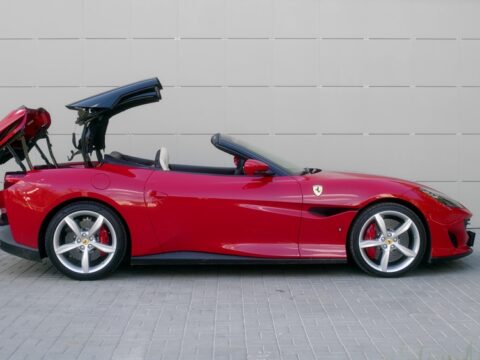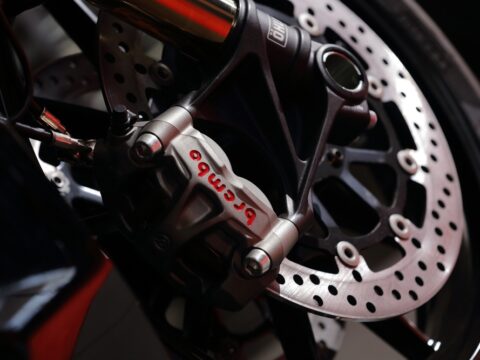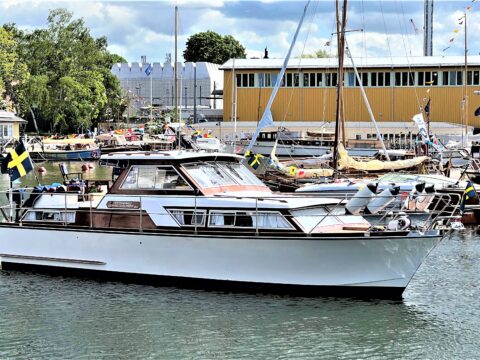For over a century, Mercedes-Benz has been synonymous with cutting-edge automotive technology and engineering excellence. From the invention of the first practical gasoline-powered automobile by Karl Benz to its continuous pursuit of groundbreaking innovations, Mercedes-Benz has consistently pushed the boundaries of what’s possible in the world of automobiles. In this article, we delve into Mercedes-Benz’s rich history of innovation, spotlighting 10 trailblazing advances that have not only transformed the brand but have also left an indelible mark on the entire automotive industry.
Contents
Internal Combustion Engine by Karl Benz
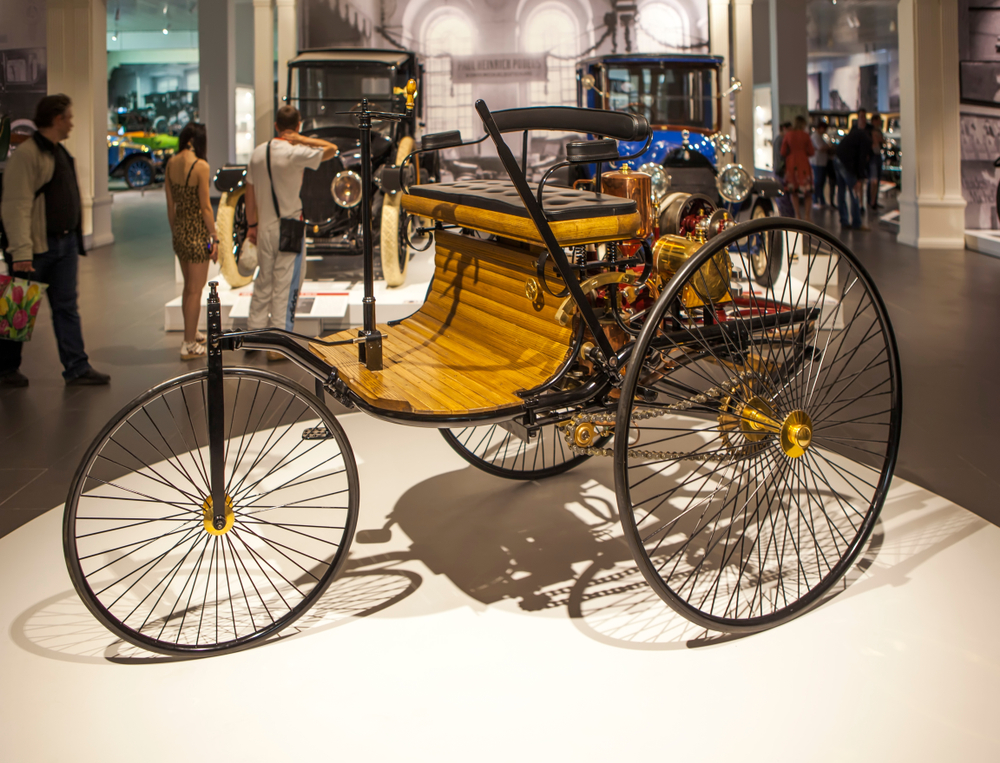
In 1885, Karl Benz developed the world’s first practical internal combustion engine-powered vehicle, the Benz Patent-Motorwagen. This invention laid the foundation for the modern automobile industry, revolutionizing transportation by replacing horse-drawn carriages with self-propelled vehicles.
Antilock Braking System (ABS)
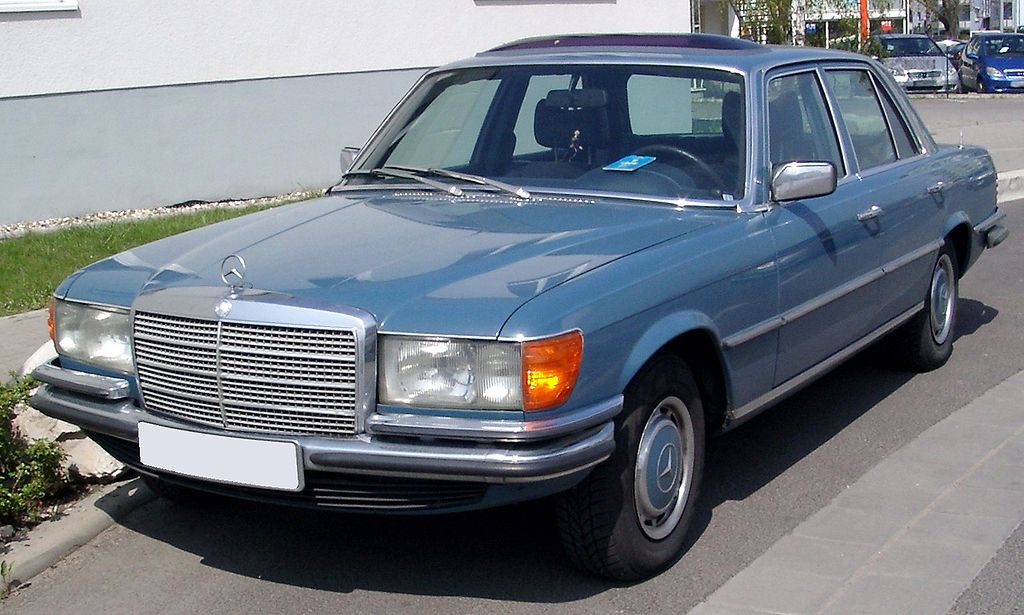
Mercedes-Benz introduced the ABS in 1978 in their S-Class models. ABS prevents wheel lock-up during hard braking, improving vehicle stability and control. This technology later became a standard safety feature in automobiles worldwide, reducing accidents and saving lives.
Crumple Zone Safety Design
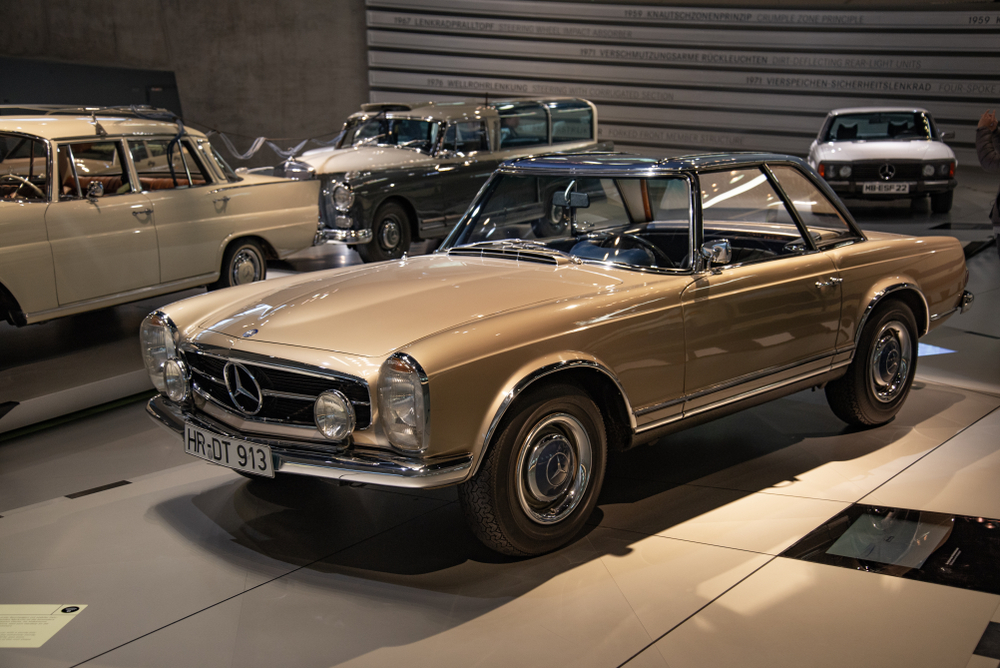
In the 1950s, Mercedes-Benz pioneered the concept of crumple zones, where specific areas of a vehicle deform upon impact to absorb energy during a collision. This innovation significantly improved occupant safety by reducing the force transferred to passengers and has since become a standard safety feature in modern cars.
Electronic Stability Control (ESC)
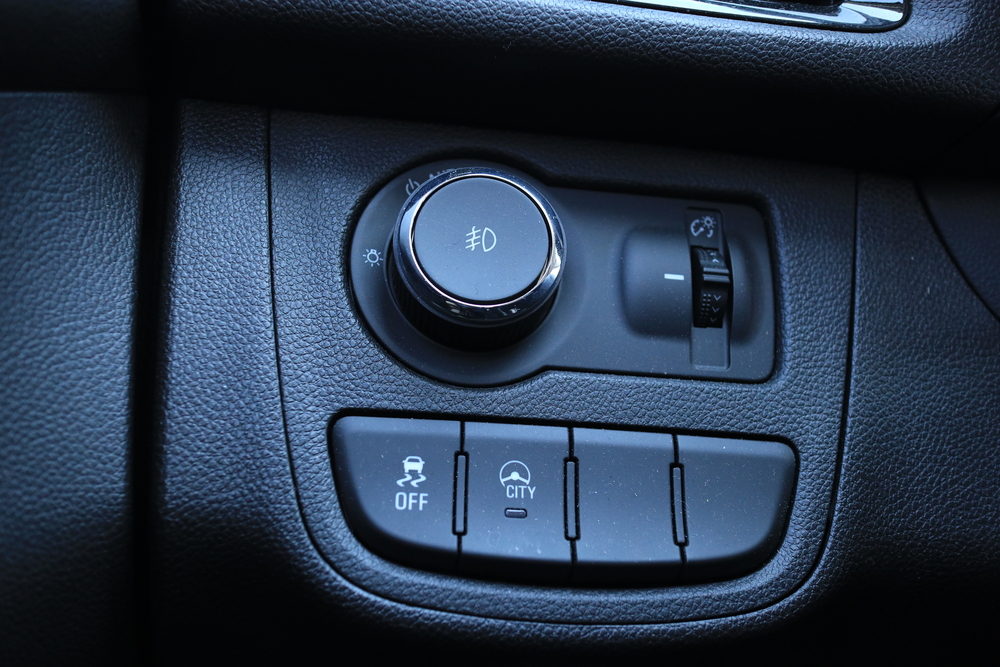
Mercedes-Benz introduced Electronic Stability Control in 1995, known as ESP (Electronic Stability Program). ESP detects and corrects skidding and loss of control, enhancing vehicle stability on slippery or uneven surfaces. This technology has since become a mandatory safety feature in many countries.
Airbag Safety System
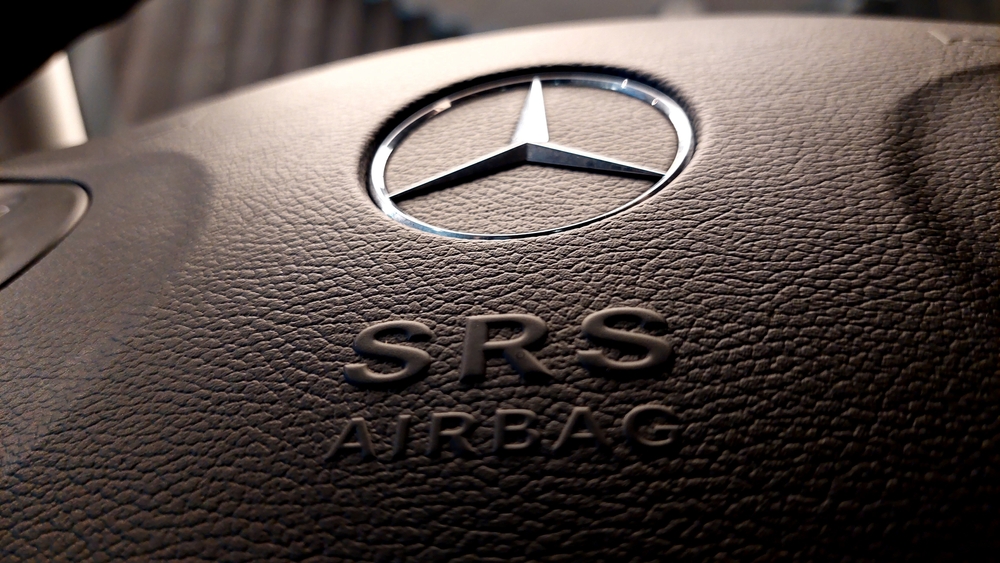
Mercedes-Benz was among the first automakers to introduce airbags as standard equipment in their vehicles in the early 1980s. Airbags significantly reduce the risk of injury during a collision and have become a standard feature across the auto industry, contributing to improved occupant safety.
Pre-Safe Technology
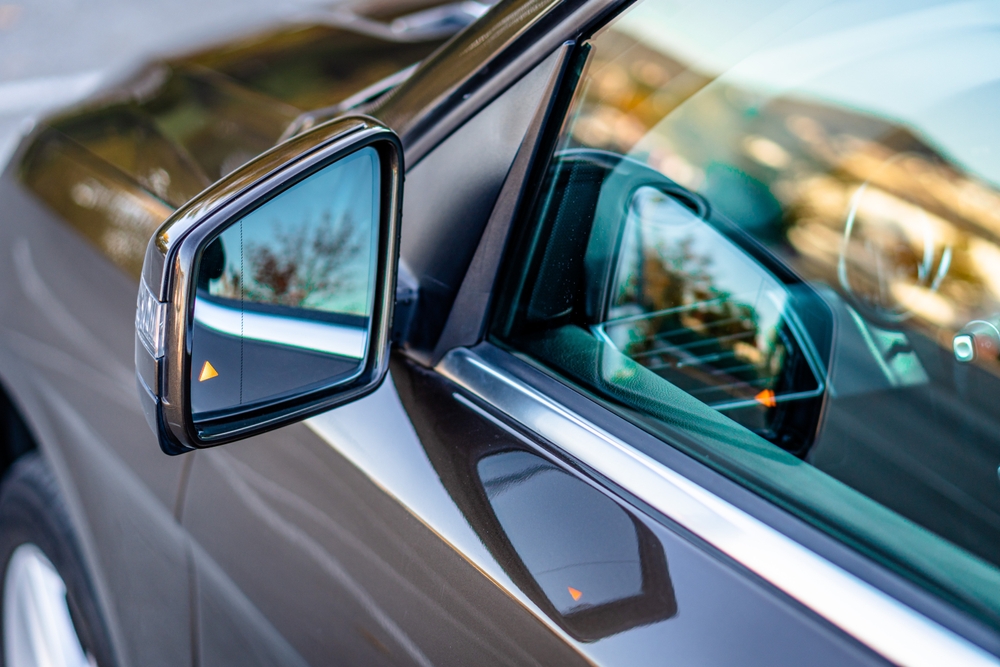
Mercedes-Benz’s Pre-Safe system, introduced in the early 2000s, uses sensors to detect imminent collisions and prepares the vehicle by tightening seatbelts, adjusting seat positions, and closing windows. This innovation has set new safety standards and paved the way for the development of autonomous safety features.
Hybrid Drive Systems
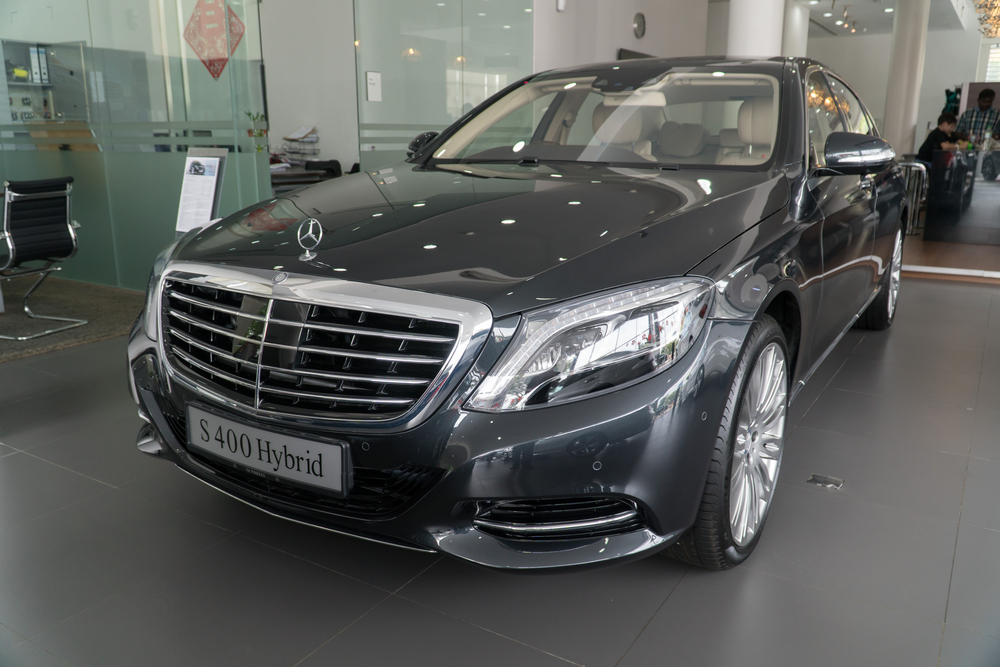
Mercedes-Benz introduced hybrid drive systems in their vehicles, like the S400 Hybrid, combining gasoline engines with electric motors for improved fuel efficiency and reduced emissions. This move towards hybrid technology helped popularize the concept and influenced the broader automotive industry’s shift towards electrification.
Distronic Adaptive Cruise Control
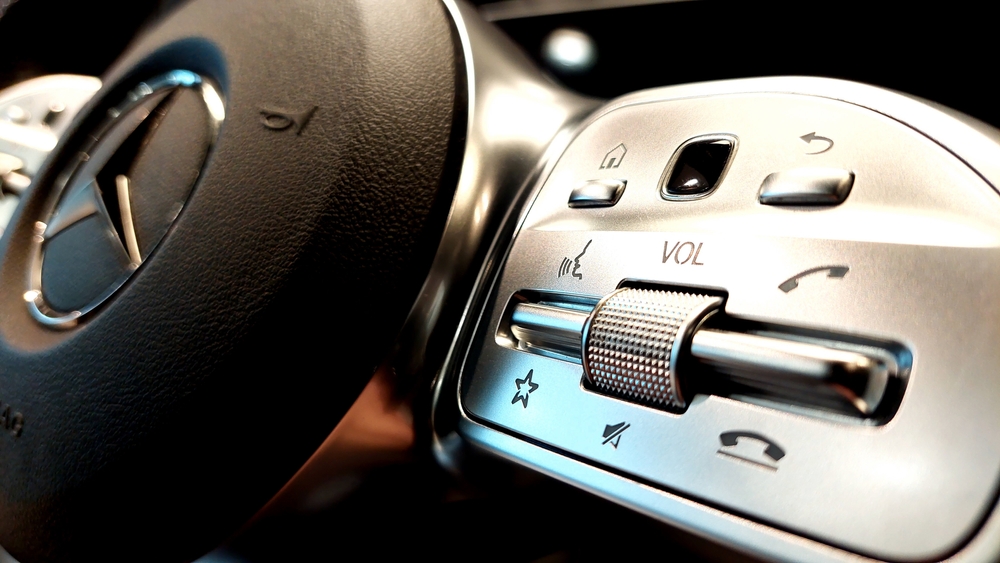
Mercedes-Benz’s Distronic system, introduced in the late 1990s, was one of the first adaptive cruise control systems on the market. It uses radar to maintain a safe following distance from the vehicle ahead and has since become a standard feature in many cars, enhancing convenience and reducing driver fatigue.
MBUX Infotainment System

Mercedes-Benz introduced the MBUX (Mercedes-Benz User Experience) infotainment system in 2018. MBUX offers advanced voice recognition, natural language processing, and a highly intuitive user interface, setting new standards for in-car connectivity and user experience.
Autonomous Driving Technology
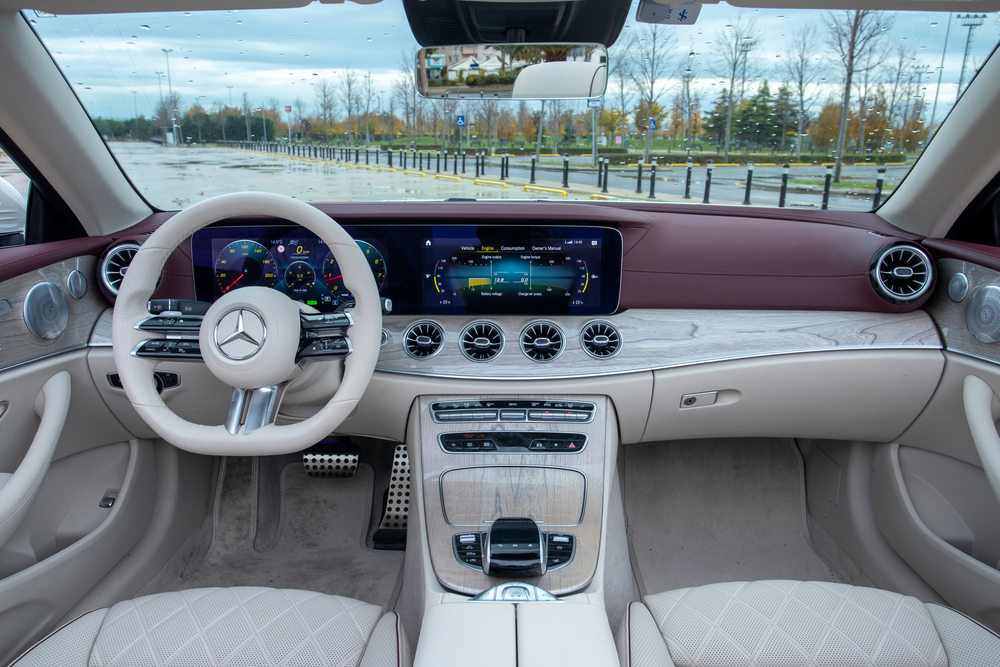
Mercedes-Benz has been at the forefront of developing autonomous driving technology, with features like the Drive Pilot system. These innovations mark a significant step toward self-driving cars and have spurred the entire industry to invest in autonomous vehicle research and development.
This article originally appeared on MyCarMakesNoise.
More from MyCarMakesNoise
13 Cities with the Best and Worst Deals on Used Cars

When shopping for a used car, the city you’re in can make a big difference in how much you’ll pay. From coast to coast, the affordability of used cars varies significantly due to factors like local economic conditions, vehicle supply and demand, and even climate. Read More.
13 Cars Only the Rich Can Afford in 2024

In 2024, the pinnacle of automotive luxury continues to push the boundaries of design, technology, and exclusivity. From ultra-luxurious sedans to electrifying supercars, the market offers a range of vehicles that epitomize opulence but are accessible only to the wealthiest. Read More.
12 Must-Do Tasks Before Buying Your First Car

Buying your first car is an exciting milestone, filled with possibilities and the promise of new adventures. However, it’s also a significant financial decision that requires careful preparation. Read More.


